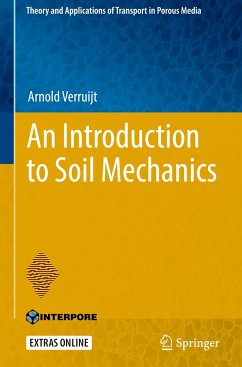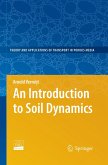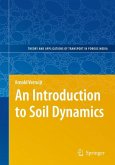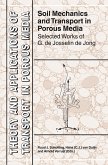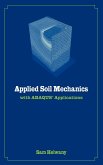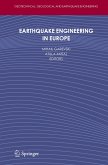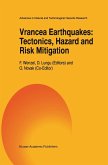This textbook offers a superb introduction to theoretical and practical soil mechanics. Special attention is given to the risks of failure in civil engineering, and themes covered include stresses in soils, groundwater flow, consolidation, testing of soils, and stability of slopes.
Readers will learn the major principles and methods of soil mechanics, and the most important methods of determining soil parameters both in the laboratory and in situ. The basic principles of applied mechanics, that are frequently used, are offered in the appendices. The author's considerable experience of teaching soil mechanics is evident in the many features of the book: it is packed with supportive color illustrations, helpful examples and references. Exercises with answers enable students to self-test their understanding and encourage them to explore further through additional online material. Numerous simple computer programs are provided online as Electronic Supplementary Material.
As a soil mechanics textbook, this volume is ideally suited to supporting undergraduate civil engineering students.
"I am really delighted that your book is now published. When I "discovered" your course a few years ago, I was elated to have finally found a book that immediately resonated with me. Your approach to teaching soil mechanics is precise, rigorous, clear, concise, or in other words "crisp." My colleagues who share the teaching of Soil Mechanics 1 and 2 (each course is taught every semester) at the UMN have also adopted your book."
Emmanuel Detournay
Professor at Dept. of Civil, Environmental, and Geo-Engineering, University of Minnesota, USA
Readers will learn the major principles and methods of soil mechanics, and the most important methods of determining soil parameters both in the laboratory and in situ. The basic principles of applied mechanics, that are frequently used, are offered in the appendices. The author's considerable experience of teaching soil mechanics is evident in the many features of the book: it is packed with supportive color illustrations, helpful examples and references. Exercises with answers enable students to self-test their understanding and encourage them to explore further through additional online material. Numerous simple computer programs are provided online as Electronic Supplementary Material.
As a soil mechanics textbook, this volume is ideally suited to supporting undergraduate civil engineering students.
"I am really delighted that your book is now published. When I "discovered" your course a few years ago, I was elated to have finally found a book that immediately resonated with me. Your approach to teaching soil mechanics is precise, rigorous, clear, concise, or in other words "crisp." My colleagues who share the teaching of Soil Mechanics 1 and 2 (each course is taught every semester) at the UMN have also adopted your book."
Emmanuel Detournay
Professor at Dept. of Civil, Environmental, and Geo-Engineering, University of Minnesota, USA

